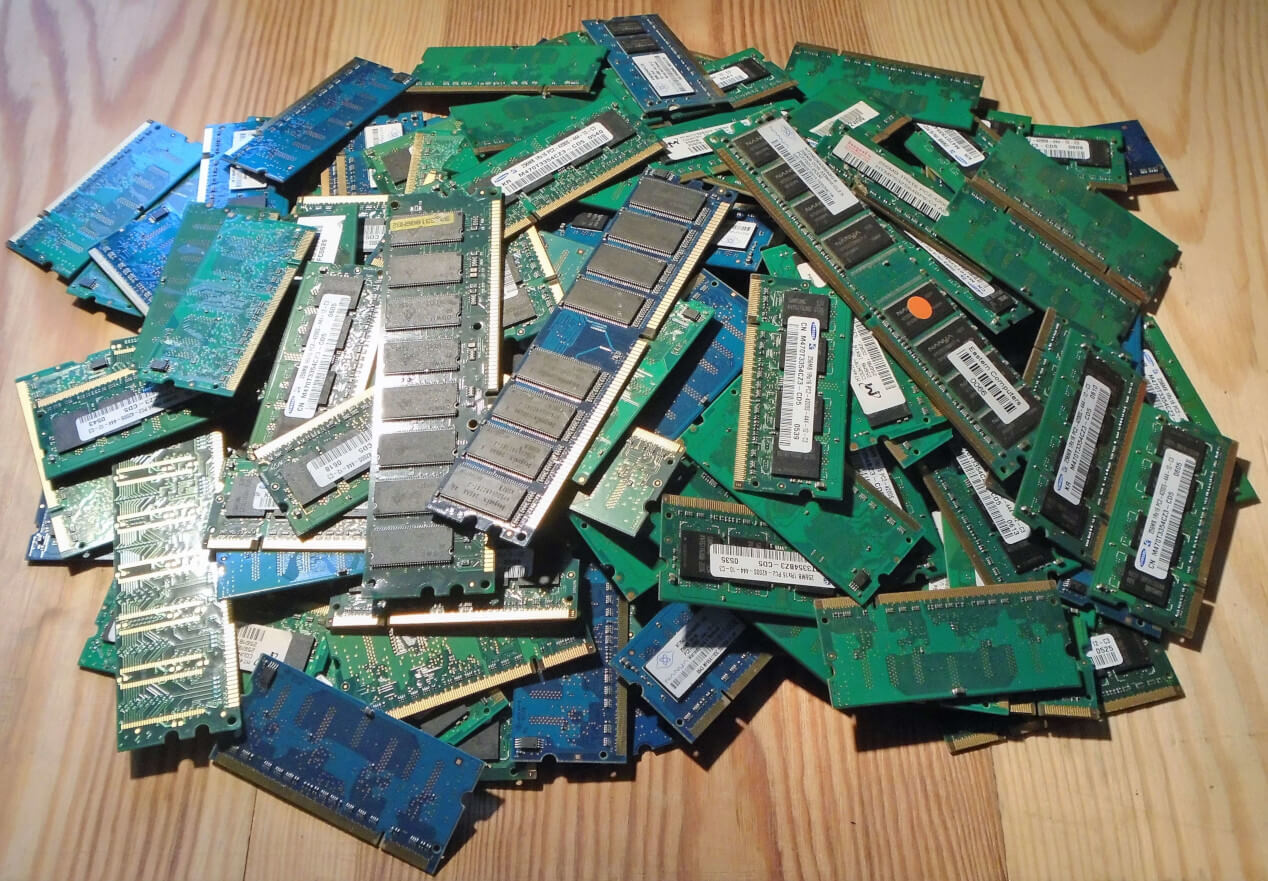Why it matters: The CPU supply constraint on the Intel side may lead to some overstock of memory products (both RAM and SSD) in the channel which, in turn, is expected to bring prices down a little more.
Another day, another twist in the Intel CPU shortage saga: The shortage of 14nm CPUs, both older and newer silicon, will impact notebook vendors' business outlook, leading to reduced shipments and a consequential drop in DDR4 DRAM prices, said memory research firm DRAMExchange.
Reviewing its forecasts for notebook shipments, the company predicts a drop of 0.2 percent year-on-year due to Intel's current undersupply. However, this will cause a ripple effect in the memory market, where the research company suggests pricing on DDR4 may come down by about 2 percent, quarter-on-quarter, as the channels fills up with DRAM oversupply. By the same measure, the delay will also cause SSDs to drop in price, in a sympathetic side effect, with a higher impact in the last quarter of 2018.
DRAMExchange also notes that, as Intel's supply shortage extends into Q4 2018, the notebook supply gap will increase to as much as 10%, and does not expect the shortage to be sorted before the end of the first half of 2019. While the report is short on explanations for the CPU shortage, it is clear that Intel has piled-up all its products - from modems to chipsets to CPUs - on 14nm due to its 10nm delays and is now being pushed hard to deliver on those devices to all its customers.
In the server market some pressure has been felt as well, with Intel's Purley driving a handful of OEMs to lengthen their production cycles on some of their products. Introduced in late July, just a month-and-a-half-ago, it too is struggling to meet demand.
If this all comes true, we may yet see a jolly holiday season for the DIY crowd trying to load up their machines on RAM and fast storage.
